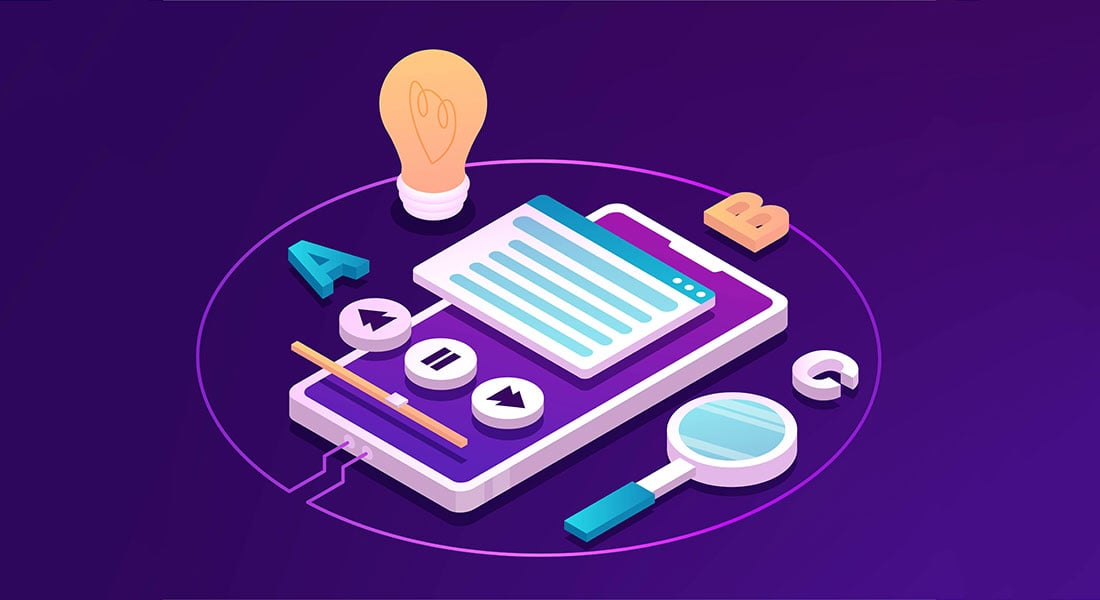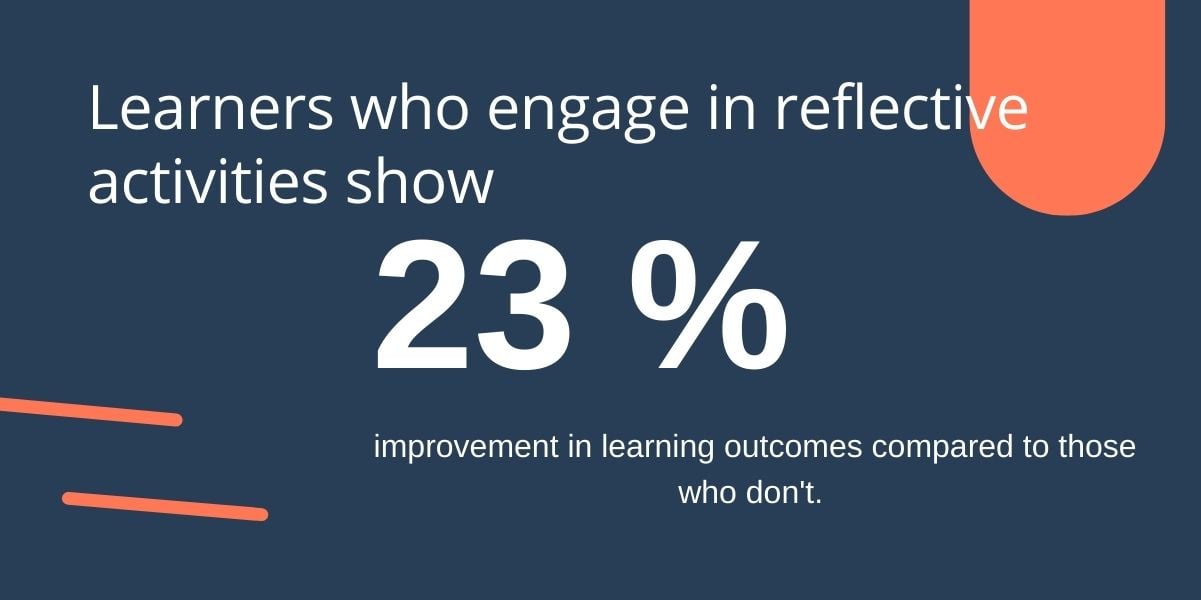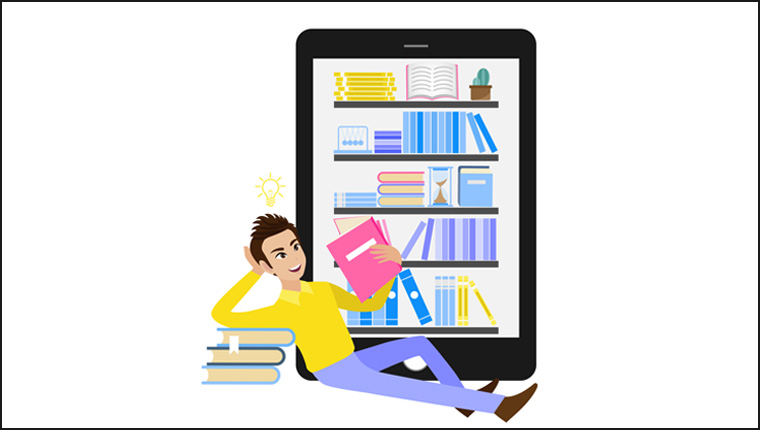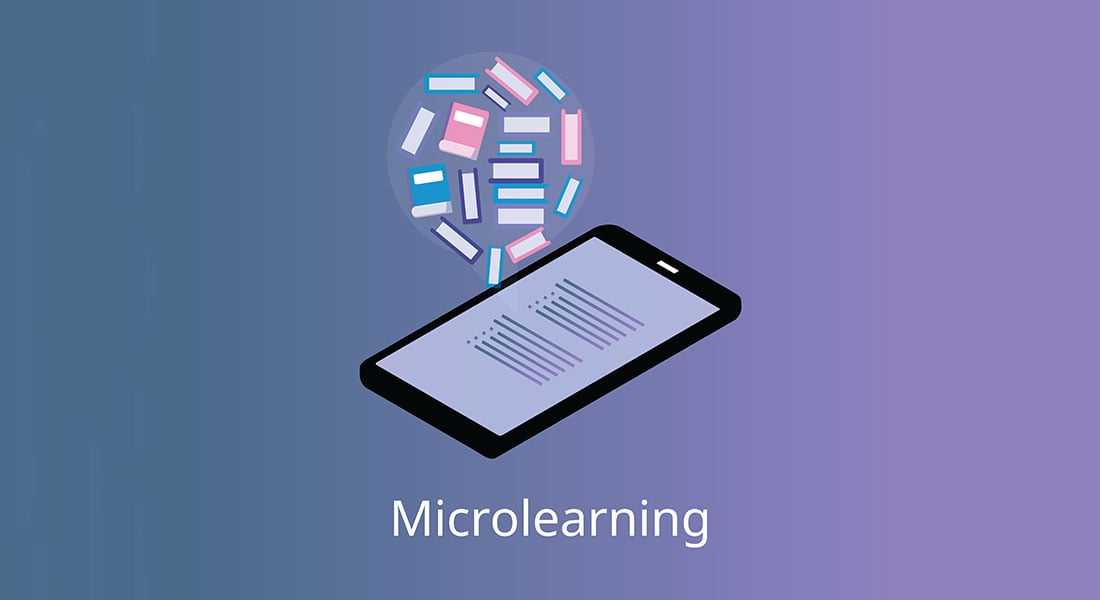Revealed! 10 Structured Learning Elements of High-Impact Microlearning

Though not a new concept, microlearning, which can be dubbed as a new age learning approach to learning which involves delivering easily consumable, small and bite-sized pieces of knowledge/ information to learners. The approach has received a lot of attention in the recent years, especially with the rise of mobile technology and the growing need for just-in-time and on-demand learning.
However, in order to make microlearning solutions effective, it is very important to start focusing on the learning pathway. Focusing on the learning pathway will help stay focused at the end goal and will also help in assessing the impact at each step.
An Impactful Microlearning Solution Should Focus on The Learning Pathway
It should incorporate elements such as creating awareness, fostering readiness, gaining attention, stimulating recall, informing learners, demonstrating how to apply the knowledge, letting them practice, and preparing for knowledge transfer.
In this blog, I will take you through the key elements of an impactful learning pathway. I will also discuss on ways to incorporate them into microlearning solutions.
10 Structured Learning Elements of High-Impact Microlearning Strategy
1. Creating Awareness
Creating awareness is a key step in the learning pathway, after all, the primary step to learning is to know about the topic/ concept/ problem. This can be achieved by providing the learners with a strong premise/ introduction to the context for the learning. Because microlearning is focused on providing small, focused pieces of information, it is important for this introduction to be brief and to the point.
2. Fostering Readiness

Once your learners get an understanding of the context or the topic, the next step will be to foster readiness to learn. By generating motivation, setting expectations, and explaining the benefits of learning, you can create a mindset that is receptive to learning. Learners are more likely to engage with the learning if they understand its purpose and value.
3. Gaining Attention
Gaining the learners’ attention is one of the most important elements in microlearning. In order to draw learners to the training being delivered, it is necessary to have interactive content. The key is to make the learning experience fun and interactive, which will encourage learners to engage with it. For this, you can include interactivities such as videos, animations, or gamification elements.
4. Stimulating Recall
Recall refers to the process of retrieving information that the learners have gained previously. In microlearning, it is possible to stimulate recall via examples leveraging their prior knowledge or experience, or by providing quick and short quizzes. By stimulating recall, the learners will be better able to connect new information to the knowledge that they already have. This will further help them to retain the new learning.
5. Informing the Learners
The next step in the strategic learning pathway is to provide information to learners. The learning information can be presented to them in different formats including text, images, videos, or audio. The primary idea is presenting the information in a way that is easily digestible and accessible to them. As microlearning is geared toward delivering small, focused pieces of knowledge, it is important to keep content concise and relevant.
→ Download Now: Microlearning 101 [eBook]
6. Demonstrating Knowledge Application
Another important aspect of a high-impact microlearning solution is its applicability. The solution should provide the learners with the understanding of how to apply the knowledge gained through the training. This can be done through scenarios, case studies, or simulations.
7. Giving Opportunity to Reflect

(Source: Educational Research Review)
Reflection is yet another very important aspect of the learning process. When given the opportunity to reflect on what they have learnt, the employees can a better opportunity to internalize the information. Additionally, they can connect the knowledge gained to their own experiences. This can be achieved through the use of quizzes, questions, or reflective exercises.
8. Letting Them Practice
Practice is a key aspect in the learning journey. By practicing what they have learned, learners can apply the knowledge gained and develop their skills. The use of simulations, interactive exercises, or role-playing exercises can be used to achieve this.
9. Making Room for Assessments
Assessment is the process of evaluating what learners have learned. In microlearning, assessments can be short and focused, such as quizzes or knowledge checks. By assessing learners, it is possible to gauge their understanding of the topic and identify any areas that need further development.
10. Prepare for Knowledge Transfer
The final step in the learning pathway is to prepare for knowledge transfer. This step involves ensuring that learners are given the opportunity to apply the learning in the real world. Reference resources, job aids, or additional training resources can be used to achieve this.
Wrapping Up
Incorporating these elements into a microlearning solution can make it more impactful and effective. By focusing on the learning pathway, it is possible to deliver small, focused pieces of information that are easily digestible and accessible to learners.
Want to know more about microlearning and how it fits your learning strategy? This webinar recording can take you through it…
Access it now





